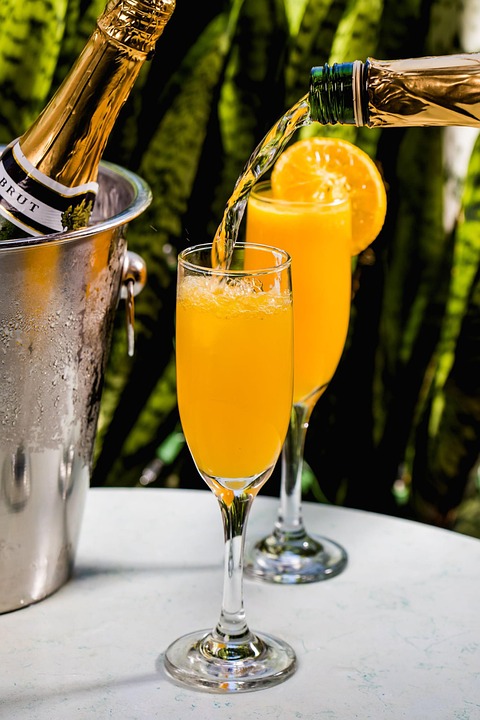The Role of Amphora, Concrete, and Oak in Orange Wine Fermentation
Introduction
Orange wine, also known as skin-contact wine, is a type of wine made from white grapes that are fermented with their skins, resulting in a uniquely textured and flavored wine. The use of different fermentation vessels, such as amphora, concrete, and oak, can significantly impact the final product. In this report, we will explore the role of these vessels in orange wine fermentation, their advantages and disadvantages, and how they contribute to the overall quality of the wine.
Amphora Fermentation
Amphorae are ancient clay vessels that have been used for winemaking for thousands of years. They are known for their porous nature, which allows for a gentle exchange of oxygen during fermentation. This can result in a more oxidative style of orange wine with complex and nutty flavors. Amphorae also have the ability to regulate temperature, which can be beneficial for the fermentation process.
One of the key advantages of using amphorae for orange wine fermentation is the unique flavor profile that they impart on the wine. The clay material can add earthy and mineral notes to the wine, enhancing its complexity. Additionally, the porous nature of amphorae allows for a slow and steady fermentation process, which can result in a more balanced and harmonious wine.
However, there are some challenges associated with using amphorae for fermentation. Their porous nature can make them difficult to clean and maintain, leading to potential bacterial contamination. Additionally, the production of clay vessels can be expensive, which can impact the overall cost of production for wineries.
Concrete Fermentation
Concrete tanks have become increasingly popular in the winemaking industry due to their thermal properties and neutral influence on the wine. Concrete tanks are known for their ability to regulate temperature, which can be beneficial for the fermentation process. They also have a neutral effect on the wine, allowing the grape varietal and terroir to shine through.
One of the advantages of using concrete tanks for orange wine fermentation is their thermal inertia, which helps to maintain a consistent temperature throughout the fermentation process. This can result in a more stable and controlled fermentation, leading to a higher quality wine. Additionally, concrete tanks are easy to clean and maintain, reducing the risk of bacterial contamination.
However, there are some drawbacks to using concrete tanks for fermentation. They are heavy and difficult to move, making them less flexible than other fermentation vessels. Additionally, concrete tanks can be expensive to purchase and install, which can be a barrier for smaller wineries with limited budgets.
Oak Fermentation
Oak barrels have long been used in winemaking for their ability to impart flavor and texture to the wine. When used for orange wine fermentation, oak barrels can add complexity and depth to the final product. The porous nature of oak allows for a slow exchange of oxygen, which can soften the tannins in the wine and add subtle vanilla and spice notes.
One of the main advantages of using oak barrels for orange wine fermentation is the flavor profile that they impart on the wine. The oak can add richness and complexity to the wine, enhancing its overall character. Additionally, oak barrels can contribute to the aging process, allowing the wine to develop more nuanced flavors over time.
However, there are some challenges associated with using oak barrels for fermentation. They can be expensive to purchase and maintain, making them a significant investment for wineries. Additionally, oak can impart strong flavors on the wine, which may not always be desirable for certain styles of orange wine.
Conclusion
In conclusion, the choice of fermentation vessel can have a significant impact on the final product of orange wine. Amphorae, concrete tanks, and oak barrels each have their own advantages and disadvantages, which should be carefully considered by winemakers. Ultimately, the decision of which vessel to use will depend on the desired flavor profile, budget constraints, and production goals of the winery. By understanding the role of these vessels in orange wine fermentation, winemakers can create unique and high-quality wines that showcase the best of their grapes and terroir.




